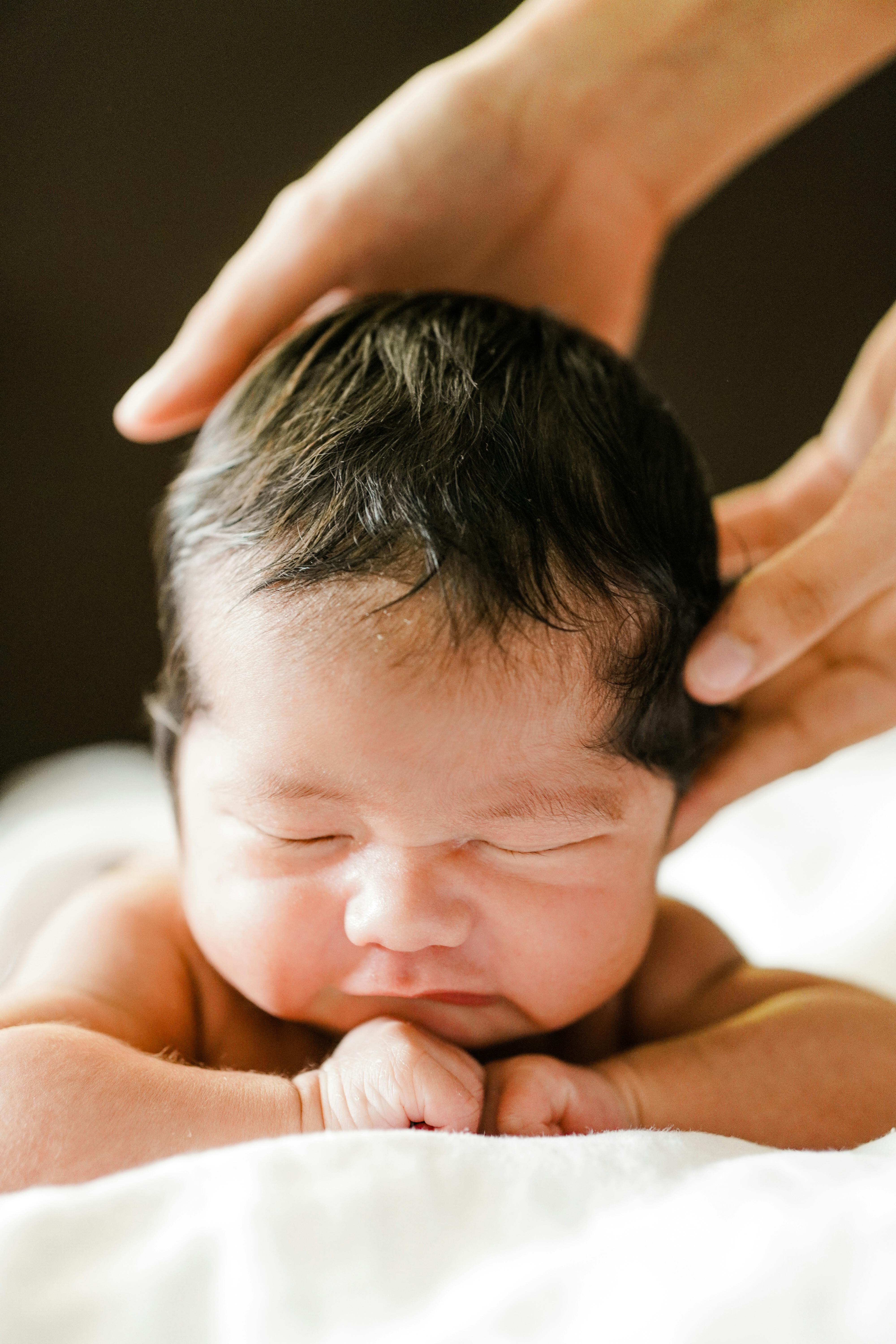Table of Contents
Preparation and Communication
One of the most crucial aspects of emergency planning for babysitters is preparation and communication. Before leaving their children in the care of a babysitter, parents should ensure that the babysitter is aware of any specific instructions or guidelines they need to follow in case of an emergency. This includes information on any allergies or medical conditions their children may have, as well as any medications that need to be administered. Parents should also provide the babysitter with a list of emergency contact numbers, including their own numbers, as well as the numbers of other family members, neighbors, and emergency services.
On-Demand Childcare in Your Neighborhood
Book a Sitter
First Aid and CPR Training
Another essential aspect of emergency planning for babysitters is ensuring that they are trained in first aid and CPR. Accidents can happen at any time, and it is crucial that the babysitter knows how to respond in case of a medical emergency. Parents should confirm that their babysitter has completed a first aid and CPR training course and is certified in both areas. This training will equip the babysitter with the skills and knowledge they need to administer basic first aid and perform CPR if necessary.
Emergency Contact Information
In addition to providing the babysitter with a list of emergency contact numbers, parents should also make sure that the babysitter knows how to access this information quickly in case of an emergency. Parents can create a laminated card with emergency contact numbers that the babysitter can keep with them at all times. They can also program these numbers into the babysitter’s phone or provide them with a written list to keep in a visible location in the house. Having easy access to emergency contact information can save valuable time in a crisis situation.

Fire Safety and Emergency Evacuation Plans
Fire safety is a critical component of emergency planning for babysitters. Parents should ensure that their babysitter is familiar with the layout of the house, including the locations of fire exits, smoke alarms, and fire extinguishers. They should also discuss a fire safety plan with the babysitter, including what to do in case of a fire and how to safely evacuate the house with the children.
Practicing fire drills with the babysitter and children can help ensure that everyone knows what to do in an emergency.
Emergency Supplies and Kits
Finally, it is essential for parents to equip their babysitter with emergency supplies and kits in case of a crisis. These kits should include basic first aid supplies, such as bandages, antiseptic ointment, and gloves, as well as emergency supplies like a flashlight, extra batteries, and a whistle. Parents should also include any necessary medications for their children in the emergency kit, as well as a list of instructions on how to administer them. By providing their babysitter with emergency supplies and kits, parents can ensure that their babysitter is prepared for any situation that may arise.
In conclusion, emergency planning is a crucial aspect of babysitting that should not be overlooked. By preparing their babysitter for any situation that may arise, parents can have peace of mind knowing that their children are in good hands. From communication and first aid training to emergency contact information and fire safety plans, there are several key areas that parents should consider when creating an emergency plan for their babysitter. By following the tips outlined in this guide, employers can help ensure that their babysitter is well-prepared to handle any emergency that may come their way.










